Smartphones are so good these days, it's hard to make a truly terrible choice. But whether you plan to hold onto it for years or switch it when the next hotness comes along, you still want to make sure you're getting the right phone for you -- whether that's a budget buy or a high-end handset.
Top tips:
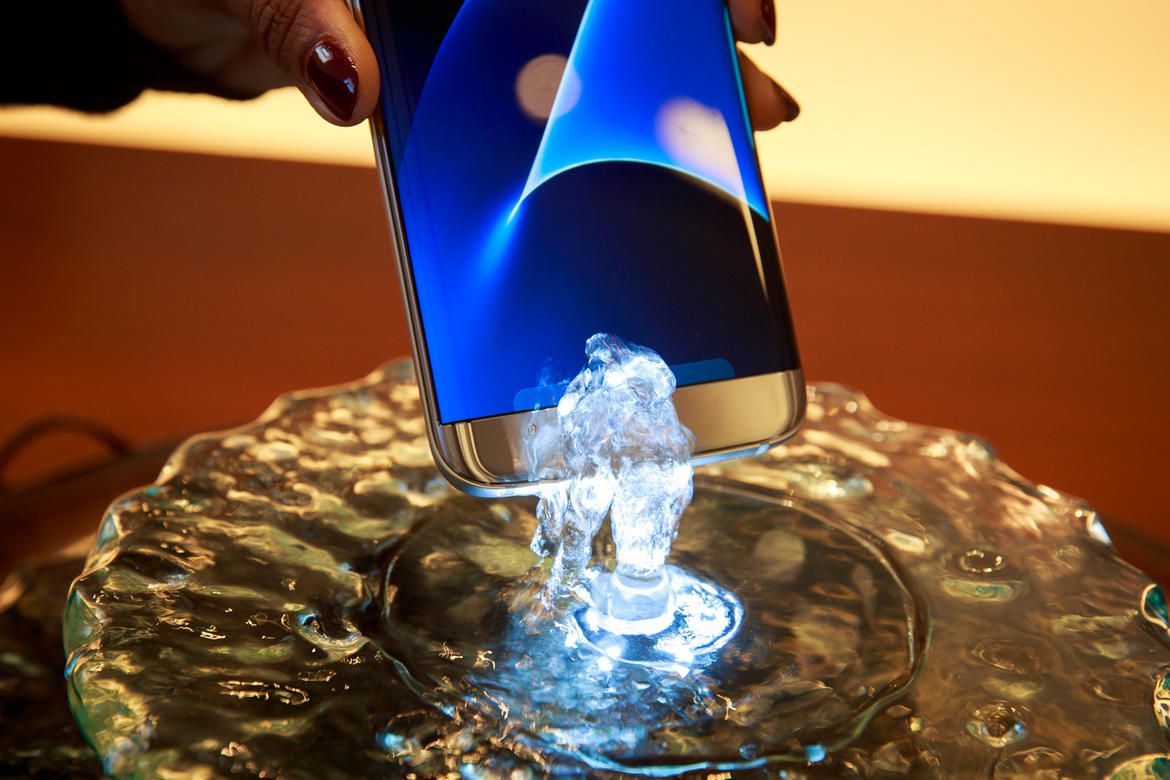
Water-resistant phones are all the rage.
- Know what you care about most: Is it screen size, camera quality, battery life? This will help narrow down your choice.
- Don't discount the midrange: You can still get a great phone that does almost everything that a premium phone can do, for a fraction of the price.
- Try to hold the phone at a store first: You may love or hate the way it looks and feels in person.
- Shop for sales: Look for deep discounts around major holidays. And find out your grace period in case you need a quick return or exchange.
- If you buy a global phone, make sure it works with your carrier bands first.
- Have you already bought a lot of iPhone apps and iTunes movies? Stick with iPhone if you still want access to them. Likewise, if you've invested in any Android-only software, you'll want to stay on that side of the fence.
- Buy a case and glass screen protector: You'll protect your phone from costly damage, and will increase the phone's resale or trade-in value for when you're ready to move on.
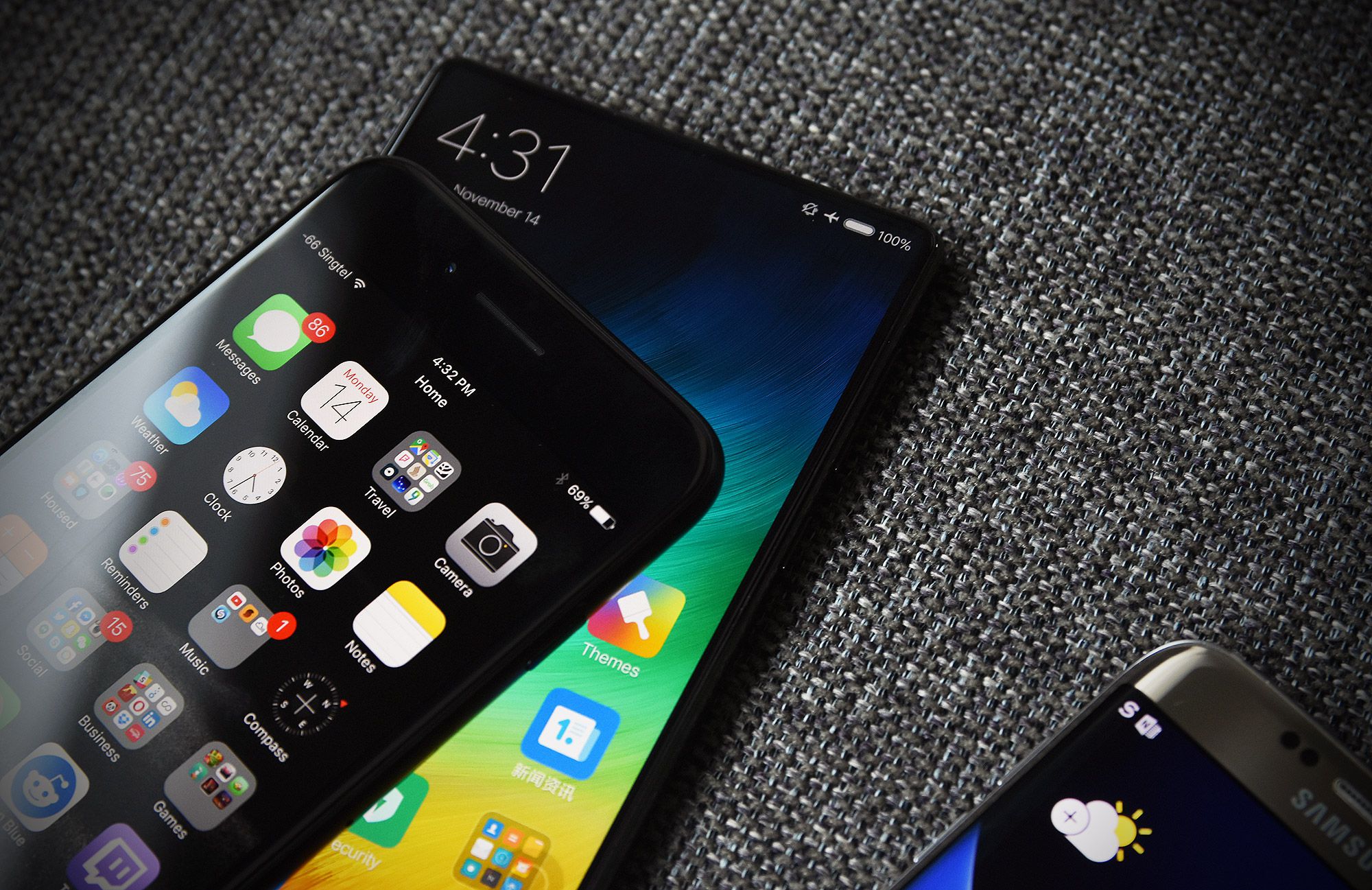
What's most important to you: Size, price, OS or something else?
If you're buying an Android phone
Android has the better native maps app and assistant by far (known as Google Now or Google Voice Search). Another Android benefit: it ties into the same Google services many people already use. Major updates are typically announced in May or June and often arrive first with Google's official Nexus or Pixel phone, but this schedule's been less consistent lately.
Look for:
- Android 7.0 or higher: This current OS will get you the most recent goodies, including a battery-saving feature called Doze on the Go.
- Android 6.x: This version is older, but not a dealbreaker. Some phone manufacturers take longer to upgrade Android. Pricier and more popular phones are more likely to get the update.
If you're buying an iPhone
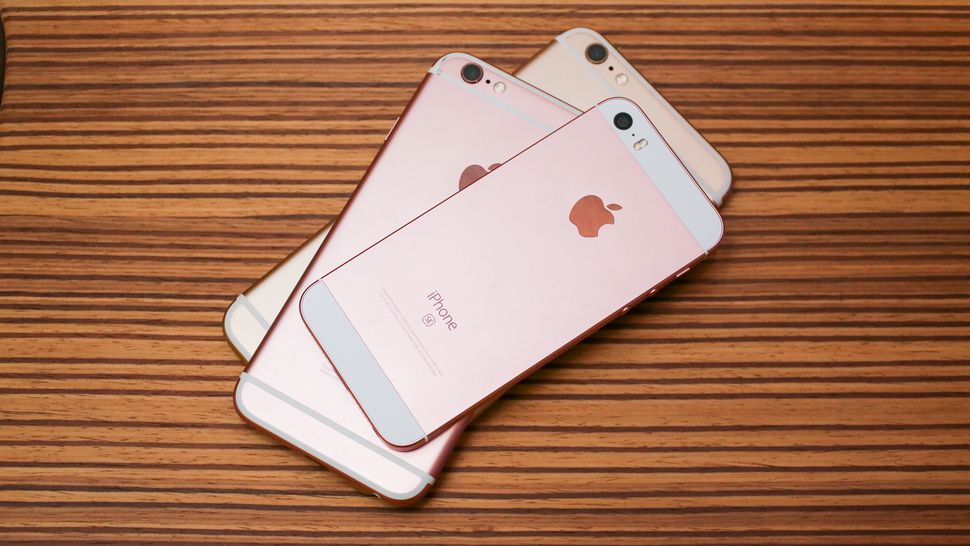

The iPhone SE is small enough for pockets, but it's hardly future-proof.
iOS updates come right on time for almost every phone. iPhones seem to develop fewer weird tics over time and they play better with other Apple products, like Macs. Apple usually announces the latest major iOS version in June, and releases it in September.
Keep in mind:
- Older iPhones are cheaper, but run the risk of losing out on newer hardware-based features in future phones.
- If you can, wait for 2017's 10th anniversary iPhone -- rumors are, it'll be a doozy or die trying.
Big phone or small screen?
If you insist on a phone with a small screen (under 4.5 inches), look at the iPhone SE or Sony Xperia X Compact. Otherwise, get used to anything from 4.7 to 6 inches (or even larger).
For screens 4.7 inches and larger:
- Look for a minimum screen resolution of 1080p.
- A 2,560x1,440 resolution is even better, especially for 5.5-inch screens and larger.
- If you plan to use a VR headset like Google Daydream, the higher the resolution, the better -- when the phone is inches from your face, pixel count matters.
Camera quality
If you don't follow camera tech, a list of sensor brands and f-stops won't make much sense when trying to determine if your photos will be any good.
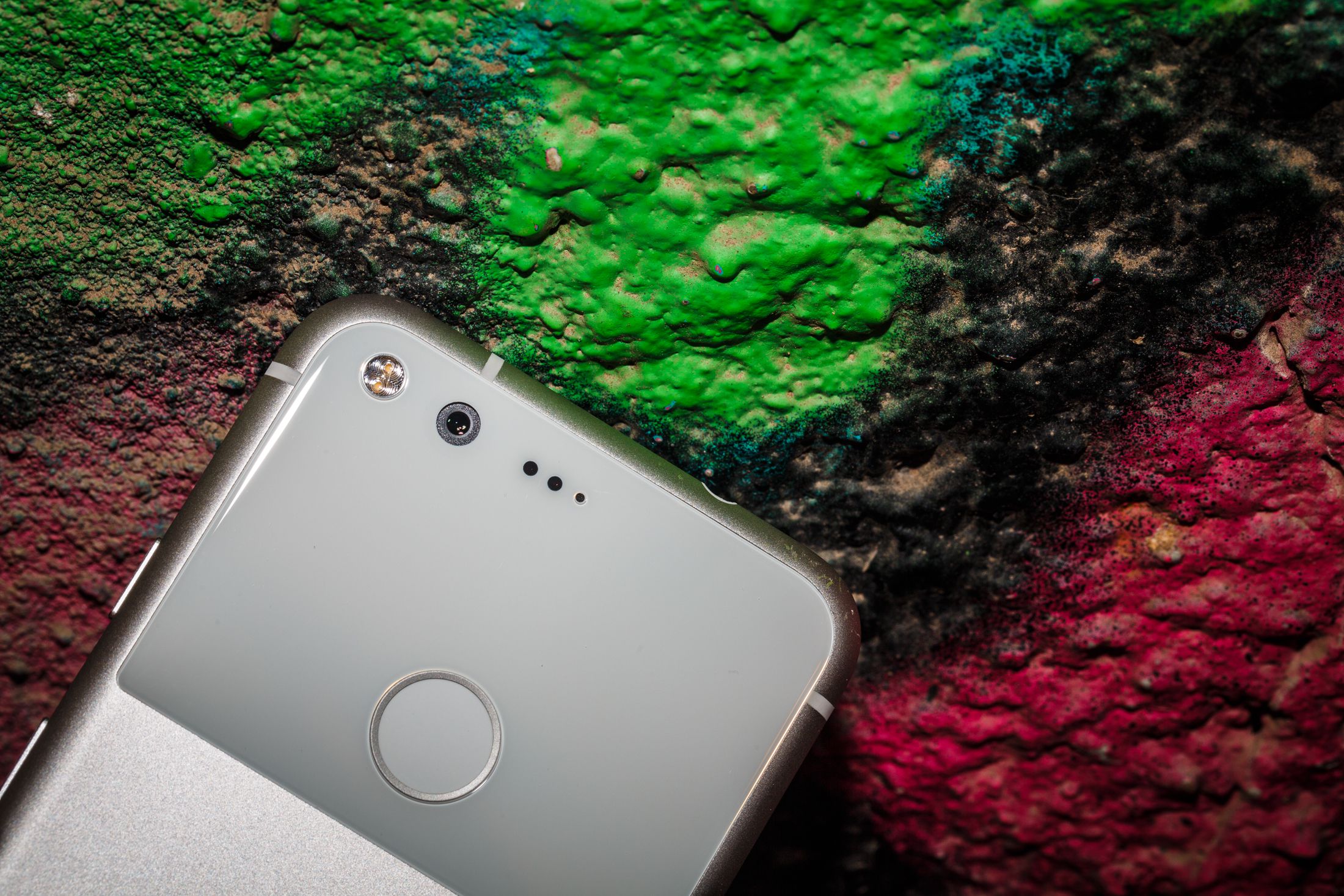

We love the Google Pixel's awesome camera for everyday shots.
Remember that:
- Higher megapixels don't always equal higher quality shots. A 12-megapixel camera might take better photos than a 16-megapixel camera.
- That said, phones with 8 megapixel rear cameras only appear on budget phones these days. Expect middling quality.
- If a phone has two rear cameras, it's there to create an optional depth effect (also known as a background blur) or to give you a wide-angle option.
- Optical image stabilization, or OIS, helps prevent blur from shaking hands. This is especially helpful when shooting indoors or in low-light. It won't help with blur caused by a moving subject, though.
- Most phone cameras come with HDR, self-timers, beauty mode and plenty of filters and effects.
Battery life and performance
Most phones from the middle price range and up can handle a basic day's worth of phone calls, email, gaming and music needs, though some internal tech is more refined than others. Some midprice phones even use the same chips as those with nosebleed prices.
In general:
- You'll need to charge most phones once a day, so plan accordingly -- stock up on an extra charger for your workplace or your bag.
- You'll typically get longer life from a 3,000mAh battery or above.
- Maps and music streaming suck down battery life faster than other activities. So does keeping brightness on full blast.
- An octa-core processor isn't always "better" than a quad-core chipset.
- For Qualcomm's Snapdragon processors, higher-numbered chips are the most recent. So 821 is newer (and faster) than 617 and 400.
Bonus features
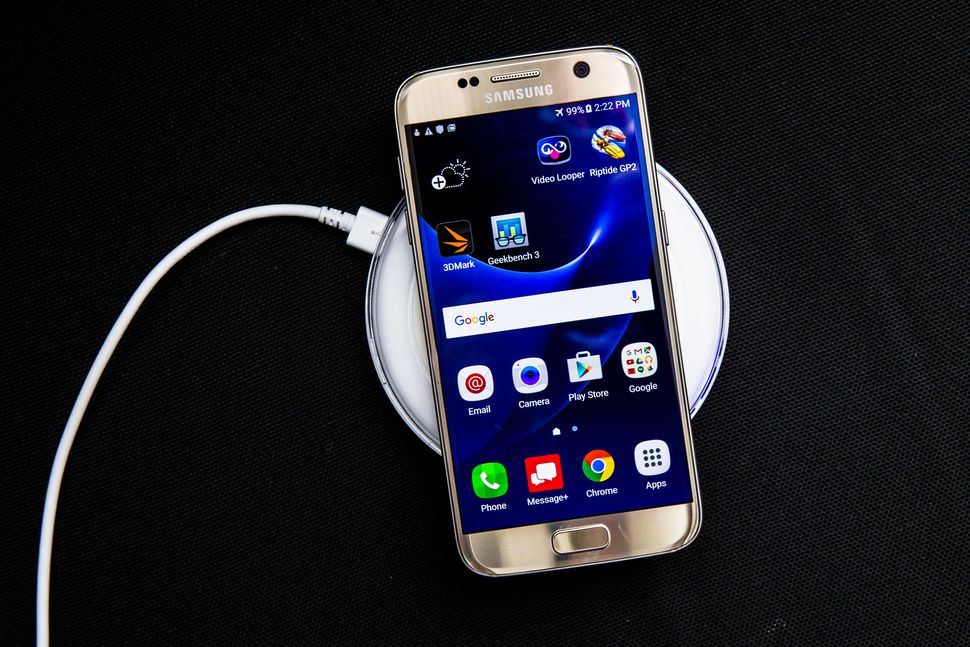

The Samsung Galaxy S7 and S7 Edge have wireless charging built in.
- Fingerprint scanner -- usually on the back, power button or home button.
- MicroSD storage on some Android phones.
- Water-resistant, IP67 and higher is best.
- Wireless charging, as available on the Samsung Galaxy S7 and S7 Edge.
- Stereo audio speakers or enhanced audio through headphones.
- USB-C connector, the new standard for Android phones.
- Removable battery -- note that this feature is becoming rare.
What about budget phones?
When a low price is the most important thing about a phone, you're guaranteed to make some compromises. But there are still some great budget phones that give you more for their price than others. Right now, we like the Motorola Moto G4 most, but we're looking forward to 2017's refresh. Hold off if you can for the next crop. The recently-announced Honor 6X looks promising and Lenovo is due to update to the Moto G5.
Other questions to ask yourself
- If it has a USB-C port, do adapter dongles (for example USB-to-USB-C) come in the box, or will you need to buy one?
- Does it have a standard 3.5 mm headphone jack or will you need to buy an adapter dongle?
- If the phone breaks, what will you have to do to fix it?
- Does the phone support Wi-Fi calling?
- Is it locked to a carrier or can you add a SIM card for any network? Do you lose any features either way?
- Can you travel with it internationally by simply swapping the SIM card?
- Is it the same price if you pay in full as you do in installments? (It should be.)
- Will the warranty cover your needs or will you pay for an extended warranty?

